In recent years, the manufacturing industry has witnessed a significant shift in the way robots are utilized on factory floors. Traditional industrial robots, characterized by their large size, high-speed operation, and fenced-off work areas, have long been the norm. However, the advent of collaborative robots, or cobots, has introduced a new paradigm in automation. These robots are designed to work alongside humans, facilitating a more flexible and interactive manufacturing environment. While the adoption of collaborative robots offers numerous advantages, it also presents certain challenges and drawbacks that must be carefully considered.
Collaborative Robots Advantages and Disadvantages
Discover the benefits and challenges of integrating collaborative robots into manufacturing operations. Learn how these advanced robots enhance safety, flexibility, and productivity while navigating limitations in payload, integration complexity, and cultural acceptance

Below is the 5 Keys of advantages of collaborative robot:
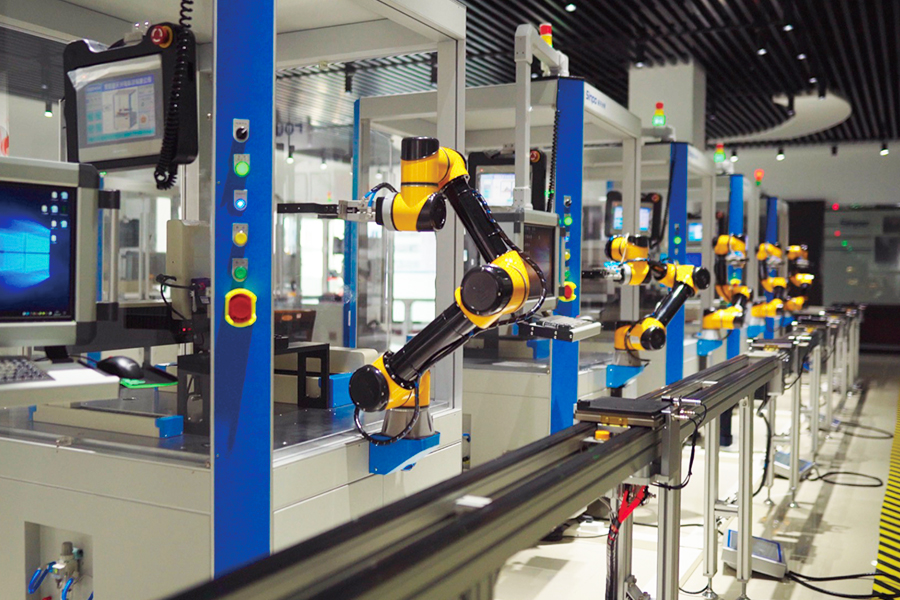
One of the most compelling advantages of collaborative robots is their ability to operate safely in close proximity to human workers. Unlike traditional industrial robots, which require safety cages or barriers to prevent accidents, cobots are equipped with advanced sensors and software that enable them to detect and respond to the presence of humans. This allows for more efficient use of floor space and reduces the risk of workplace injuries.
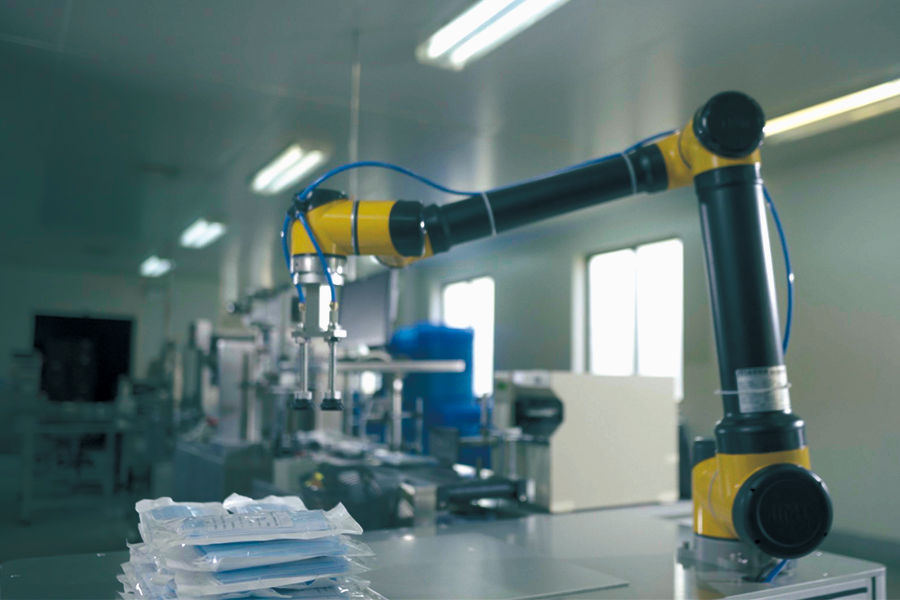
Collaborative robots are designed to be highly flexible and easy to reprogram, allowing manufacturers to quickly adapt to changing production needs. Unlike their traditional counterparts, which are typically dedicated to a single task, cobots can be easily redeployed to perform a variety of tasks within the same facility. This versatility makes them well-suited for small-batch production, where frequent changeovers are common.
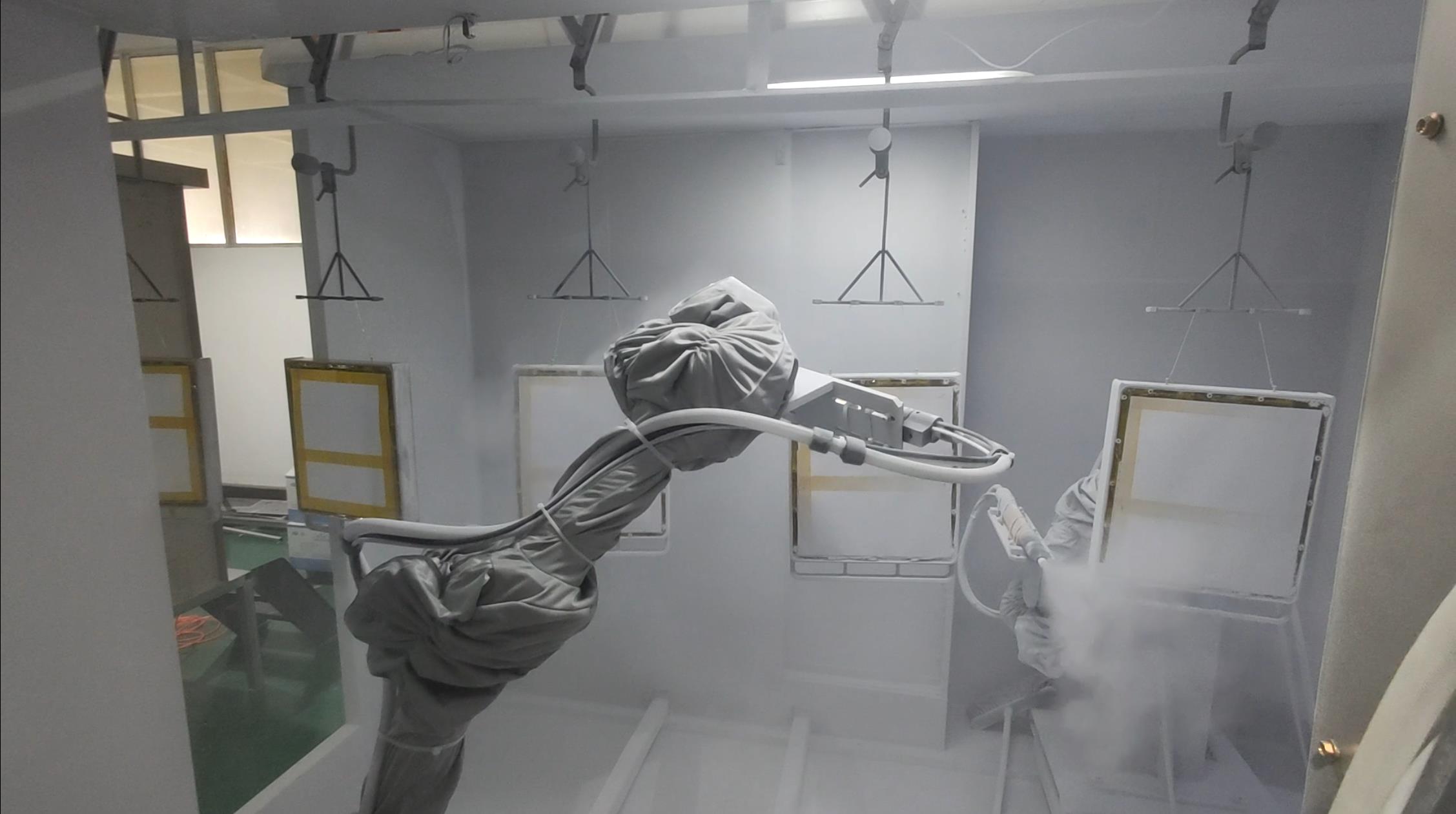
By automating repetitive or physically demanding tasks, collaborative robots can help increase overall productivity in manufacturing operations. By working alongside human workers, cobots can assist with tasks such as assembly, pick-and-place operations, and quality control, allowing employees to focus on more complex or value-added activities. This can lead to faster cycle times, reduced lead times, and improved throughput.
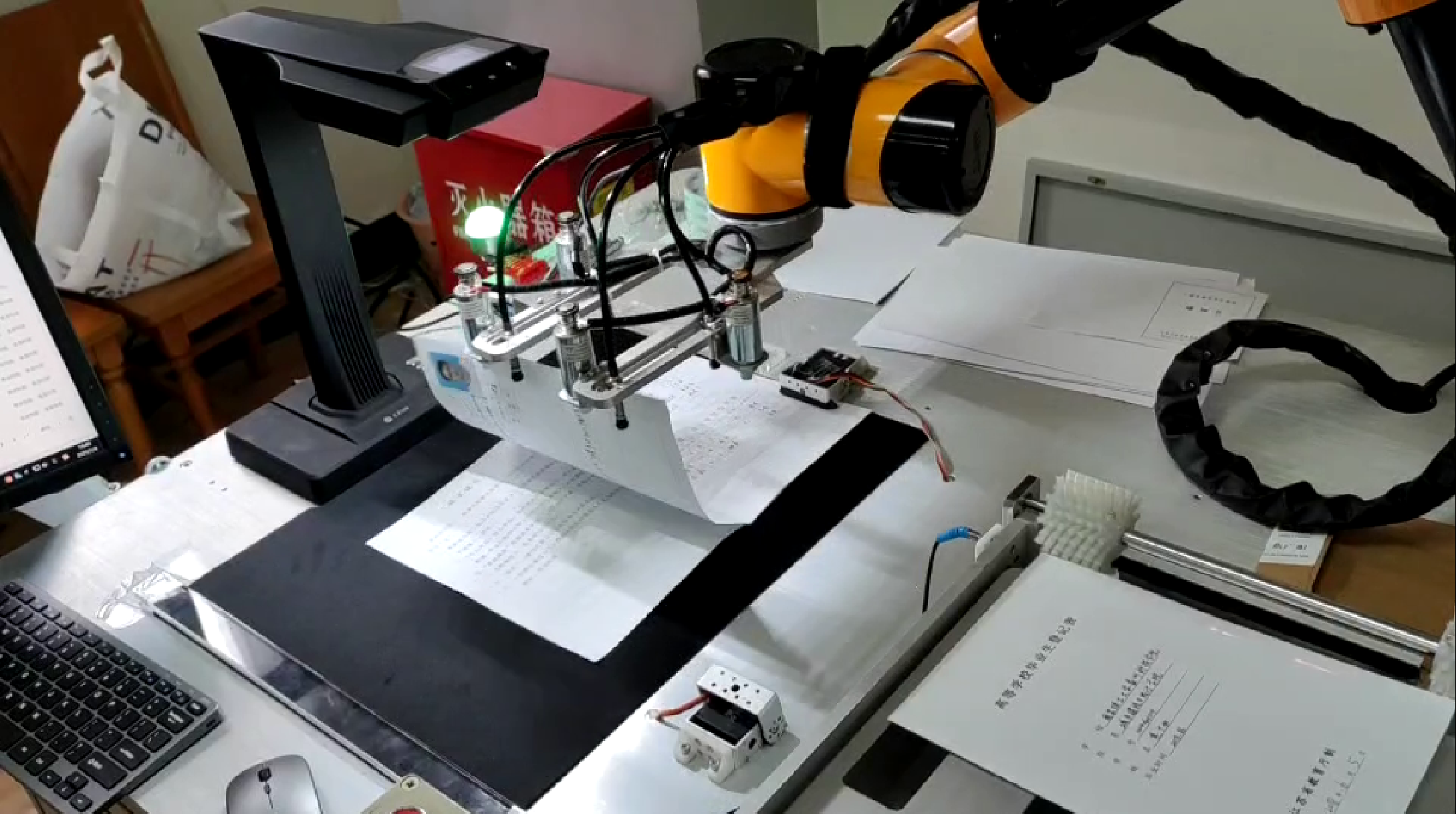
While traditional industrial robots require significant upfront investment in both hardware and infrastructure, collaborative robots are generally more cost-effective to deploy. Cobots are typically smaller and lighter than their counterparts, which reduces the need for costly modifications to factory floors. Additionally, their ease of programming and reprogramming can result in lower setup and integration costs, making them accessible to a wider range of manufacturers, including small and medium-sized enterprises.
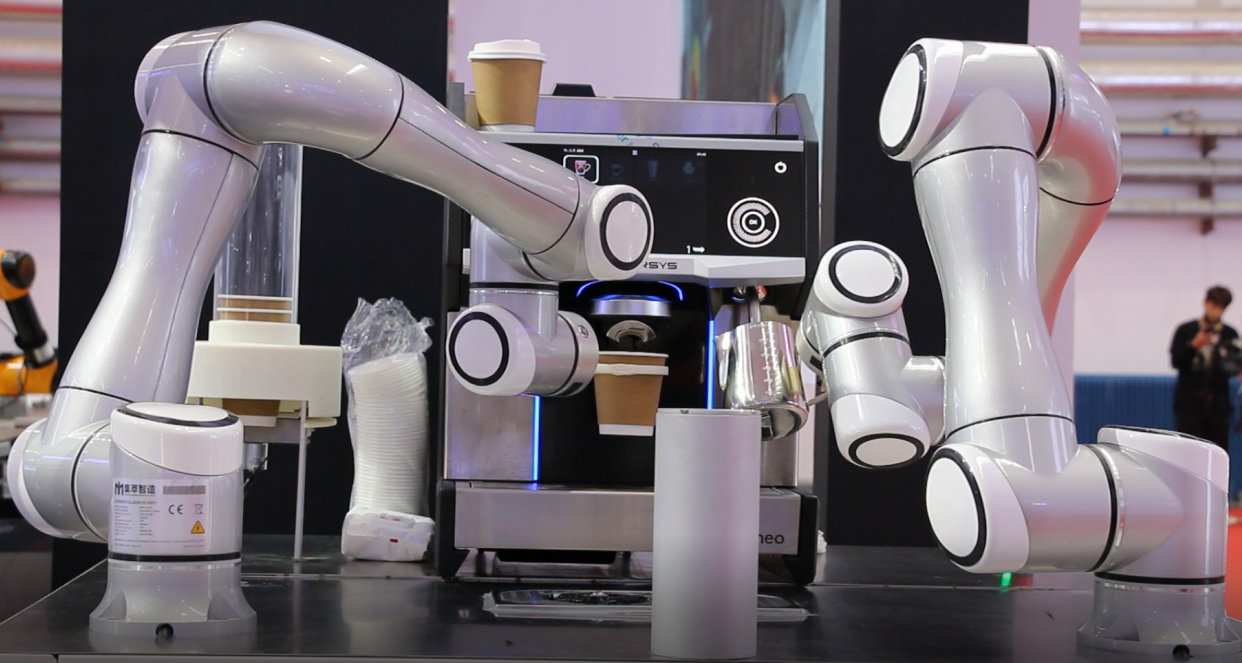
Collaborative robots can help improve workplace ergonomics by taking over tasks that are physically strenuous or pose ergonomic risks to human workers. By handling repetitive motions or heavy lifting, cobots can help reduce the risk of musculoskeletal injuries and contribute to a safer and more comfortable working environment.
Below is the Main 5 Key of disadvantages of collaborative robots.
1. Limited Payload and Speed:
While collaborative robots excel in tasks that require close collaboration with human workers, they are generally not as powerful or fast as traditional industrial robots. Cobots typically have lower payload capacities and slower operating speeds, which may limit their suitability for certain applications, particularly those that require heavy lifting or high-speed precision.
2. Complex Integration:
Integrating collaborative robots into existing manufacturing systems can be a complex and time-consuming process. Unlike traditional robots, which are often installed in dedicated work cells, cobots must be seamlessly integrated into existing workflows without disrupting production. This may require modifications to equipment, processes, and safety protocols, as well as specialized training for employees.
3. Limited Autonomy:
While collaborative robots are capable of working alongside humans, they still rely heavily on human supervision and intervention. Unlike autonomous robots, which can operate independently without human oversight, cobots require constant monitoring to ensure safe and efficient operation. This may limit their potential to fully automate certain tasks or processes.
4. Technical Limitations:
5. Cultural Resistance:
In conclusion, collaborative robots represent a significant advancement in automation technology, offering numerous advantages in terms of safety, flexibility, productivity, cost-effectiveness, and ergonomics. However, their adoption also presents certain challenges and disadvantages, including limitations in payload and speed, complex integration requirements, limited autonomy, technical constraints, and potential cultural resistance. By carefully considering these factors and implementing appropriate strategies, manufacturers can harness the full potential of collaborative robots to drive innovation, improve efficiency, and enhance the quality of work in the manufacturing industry.
Pick up the phone and start dialing!